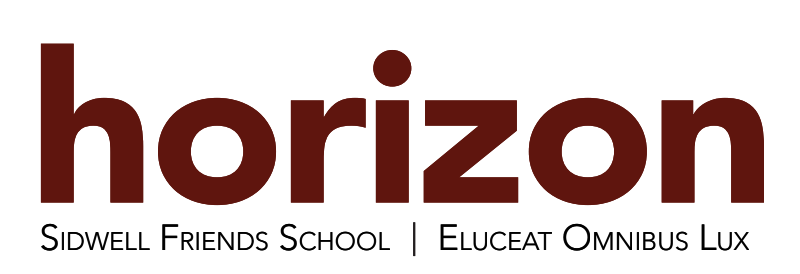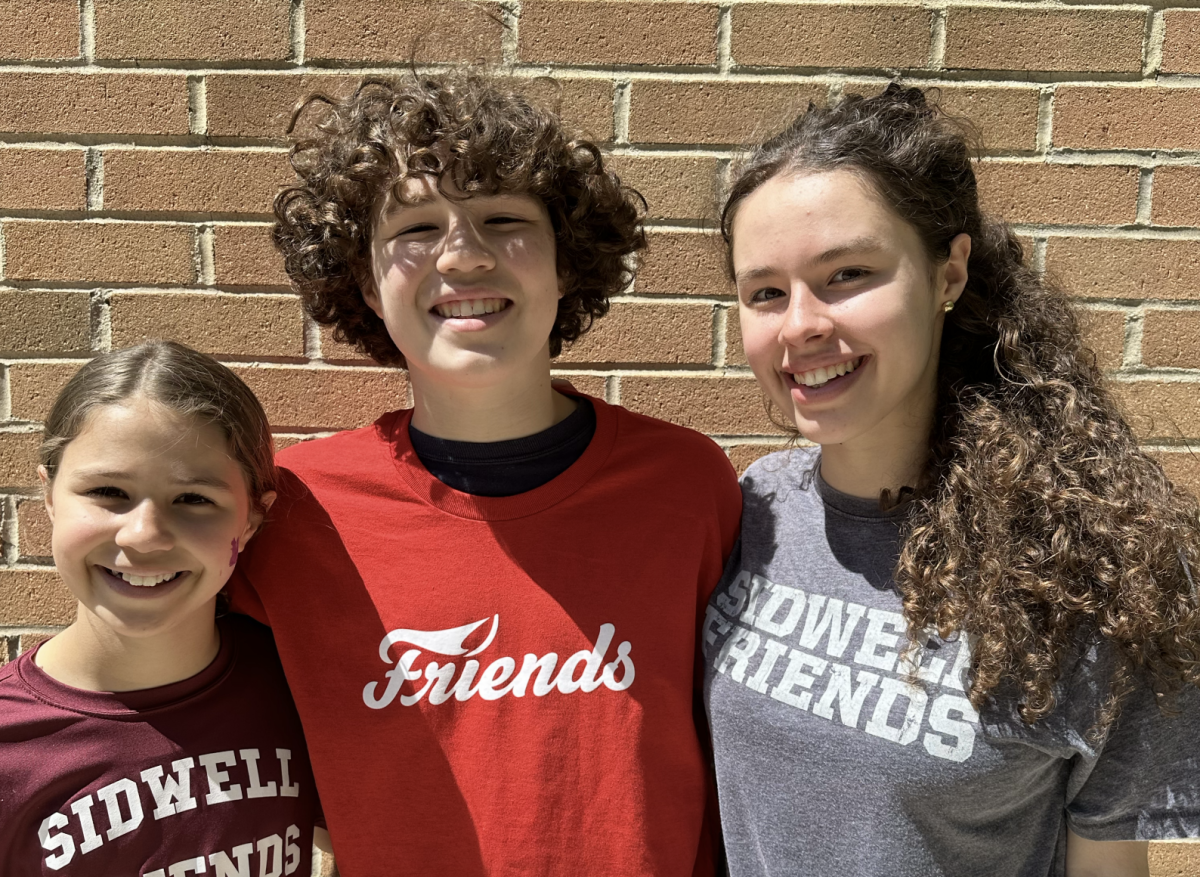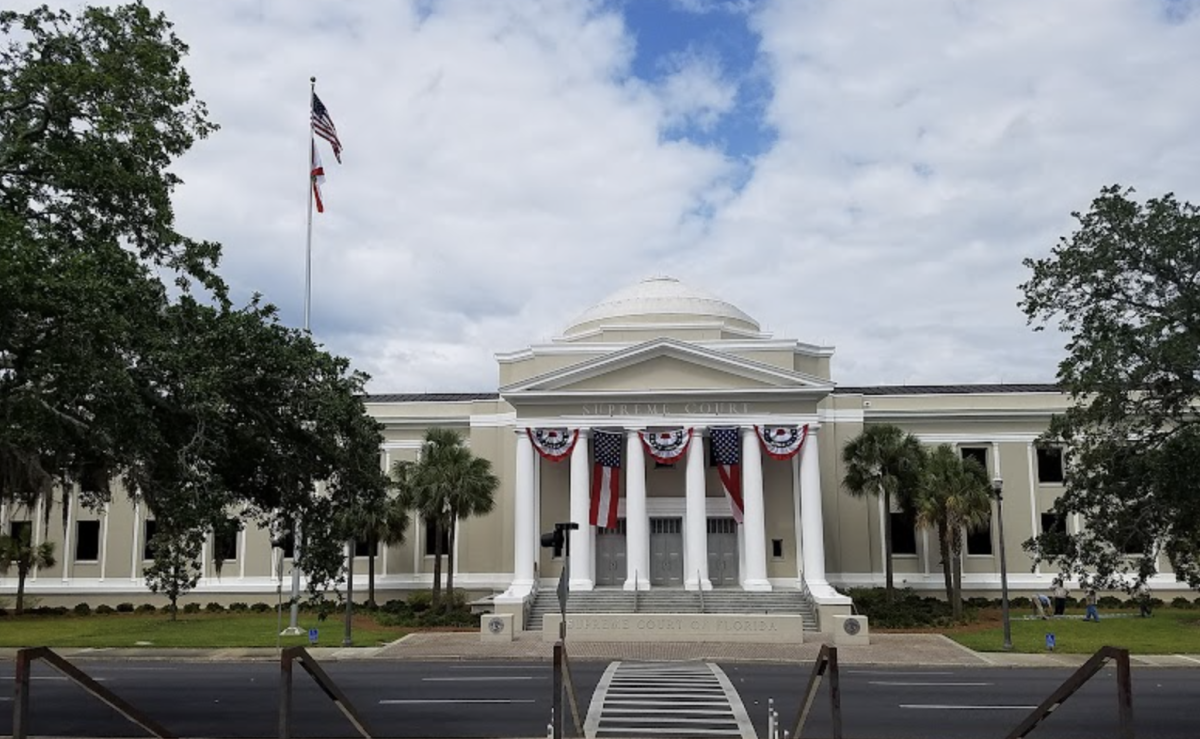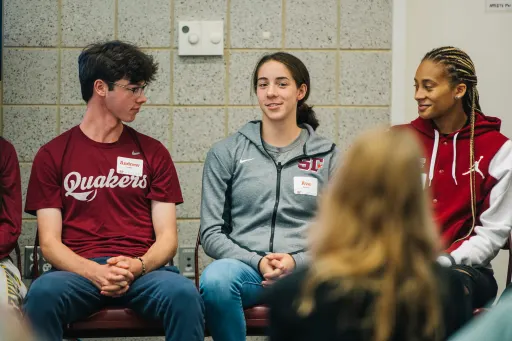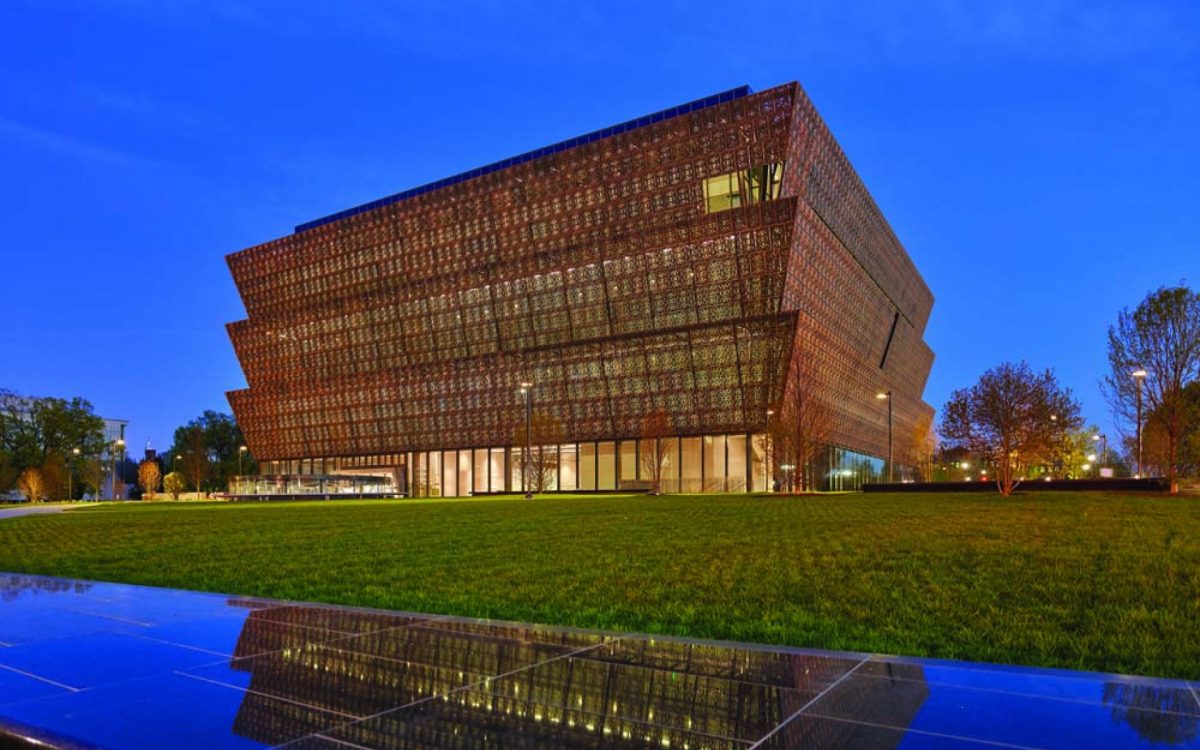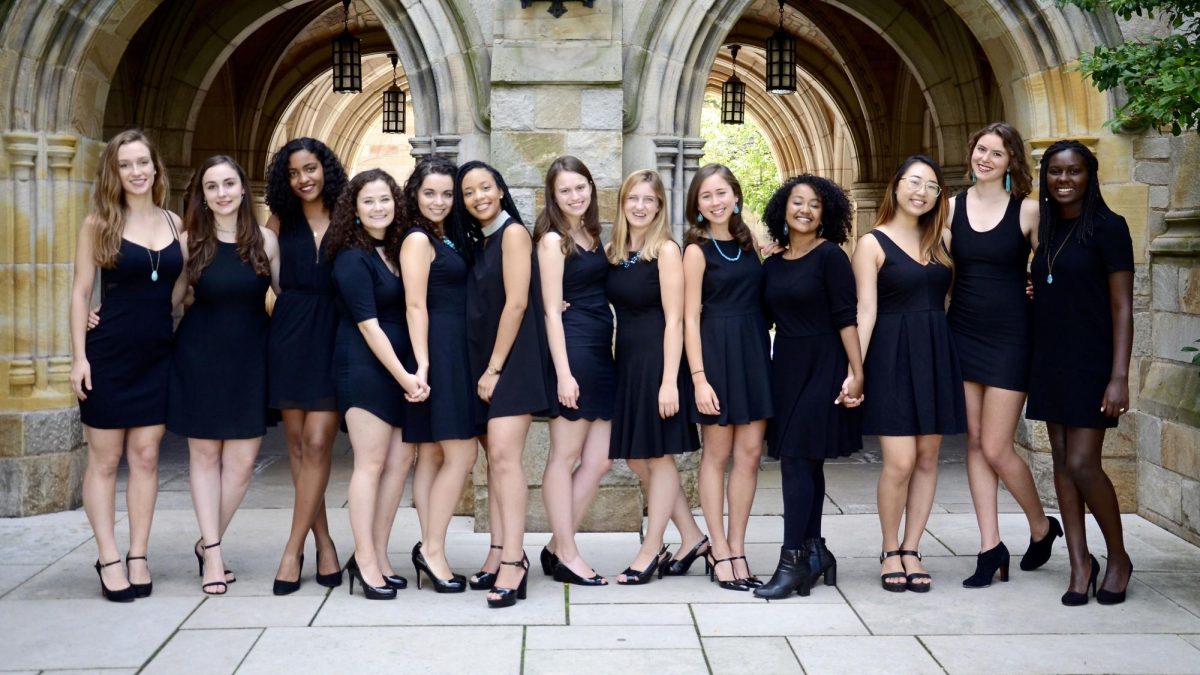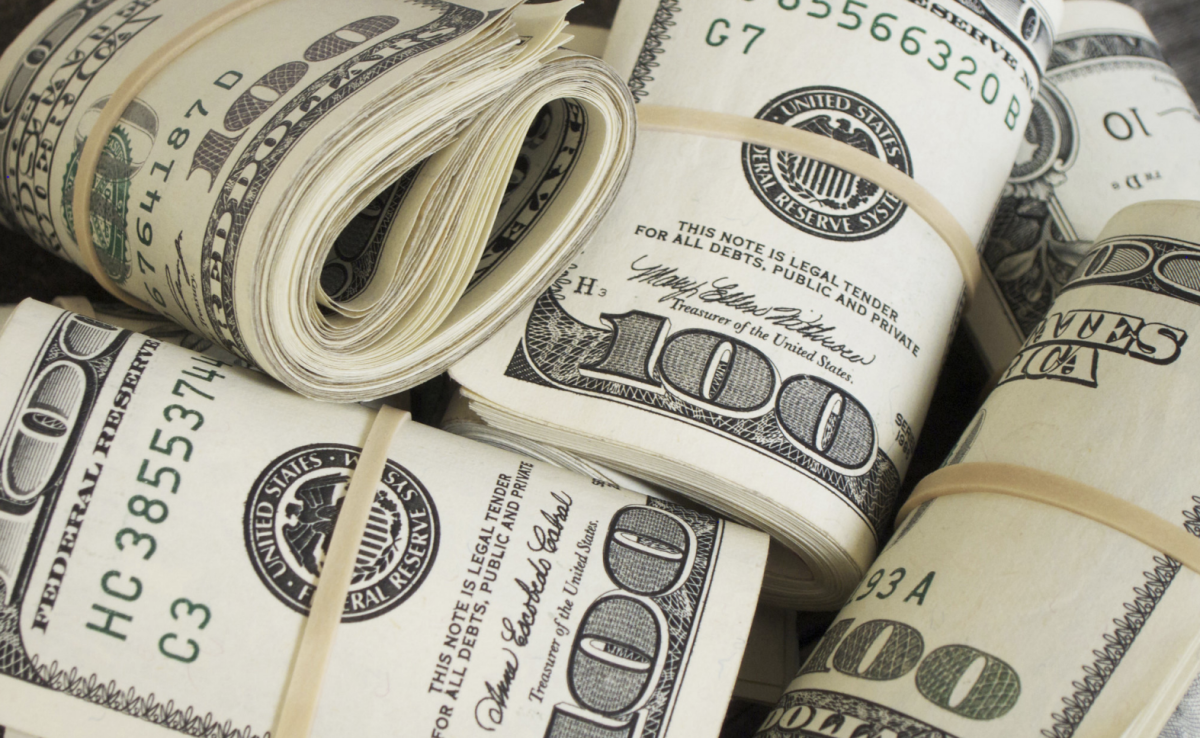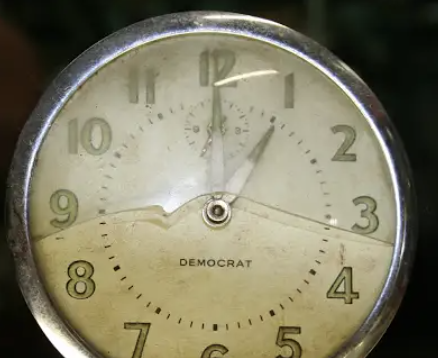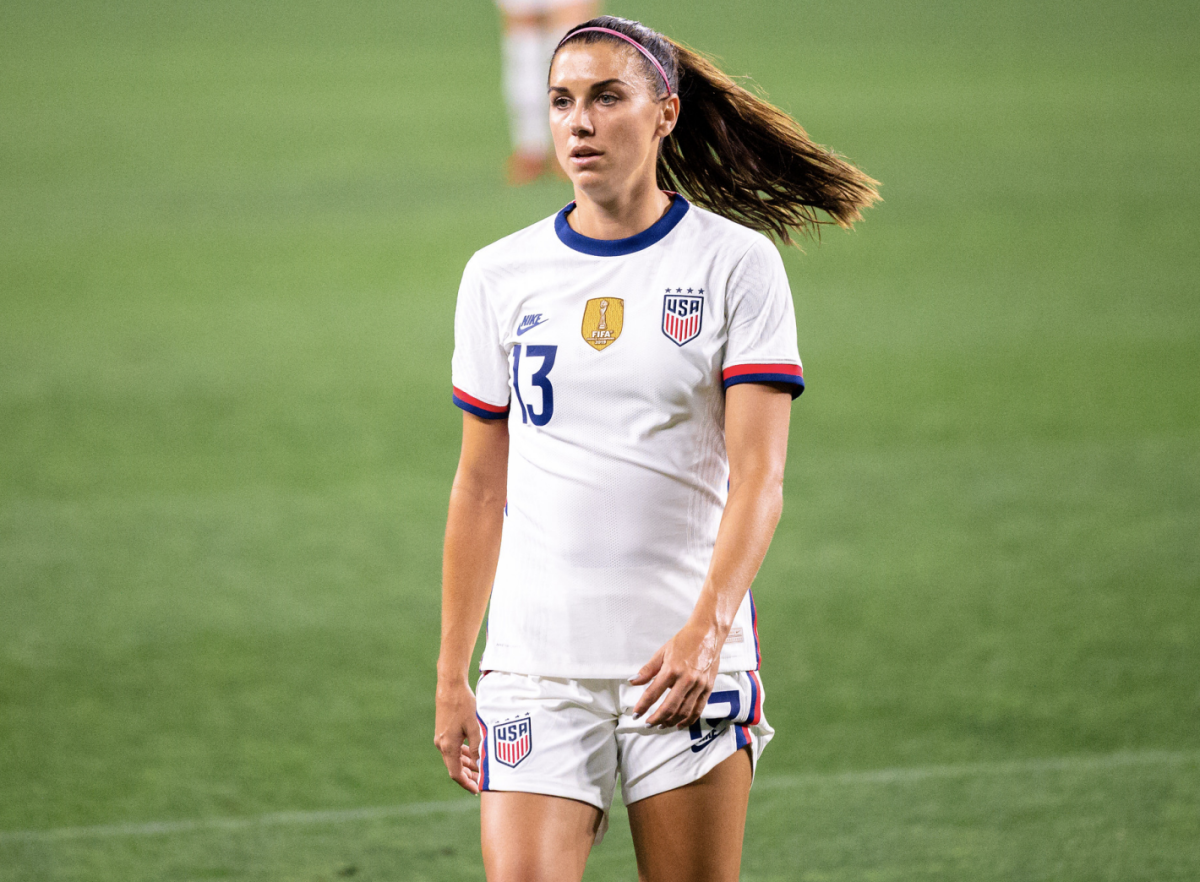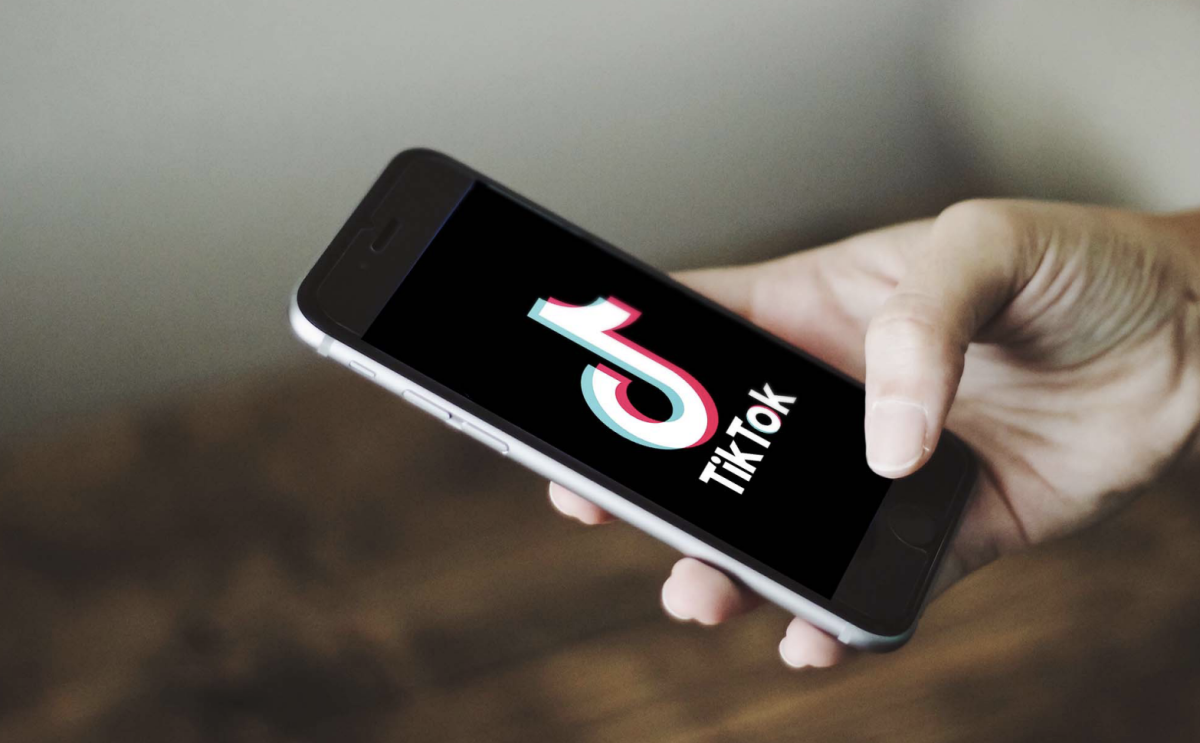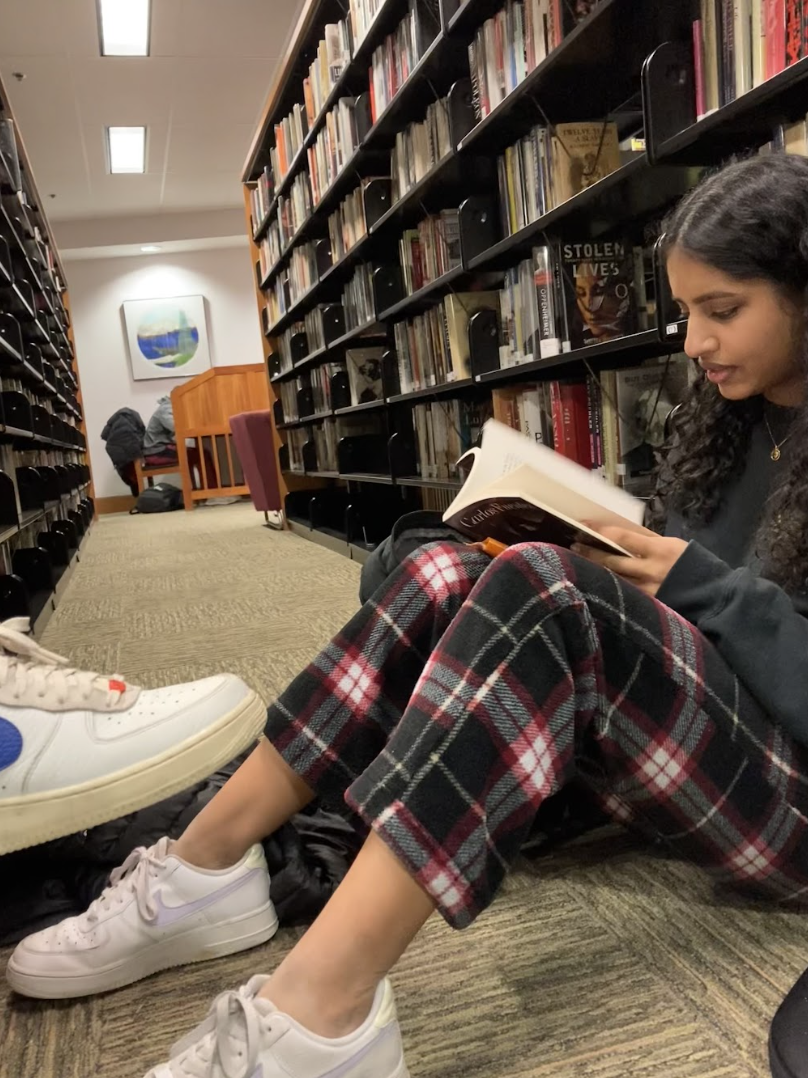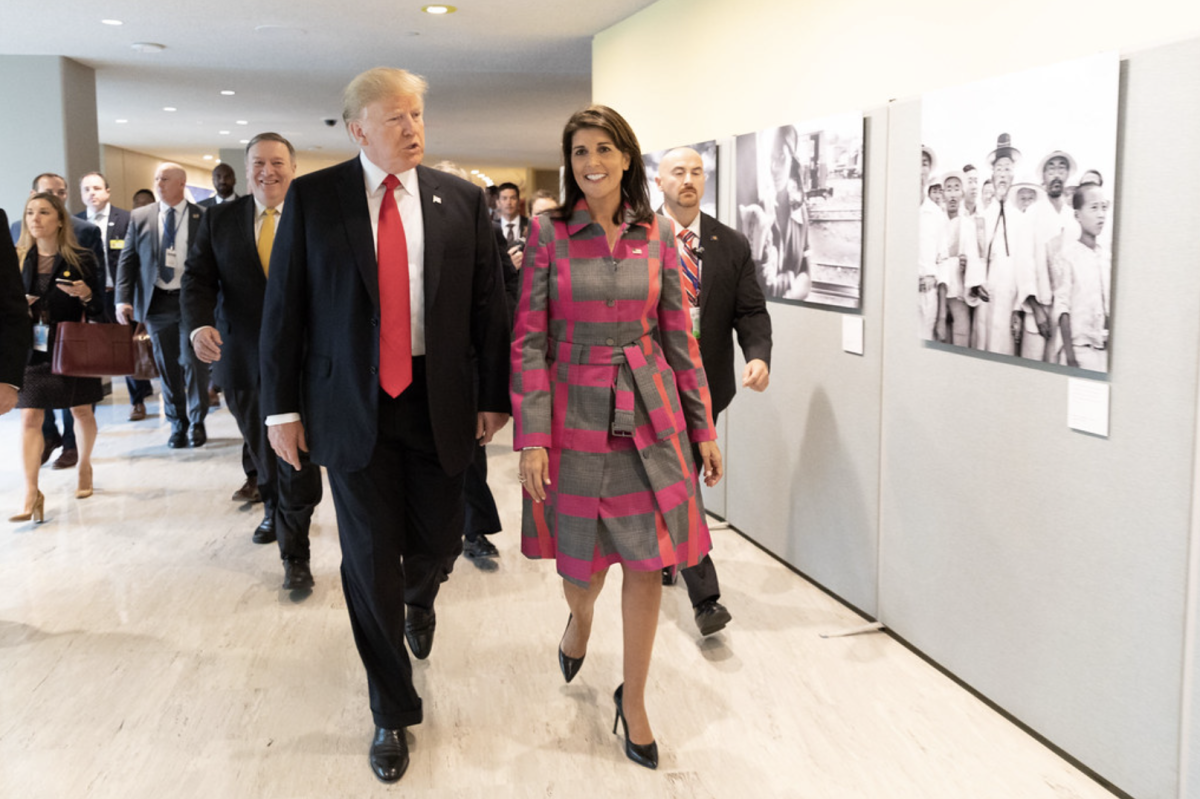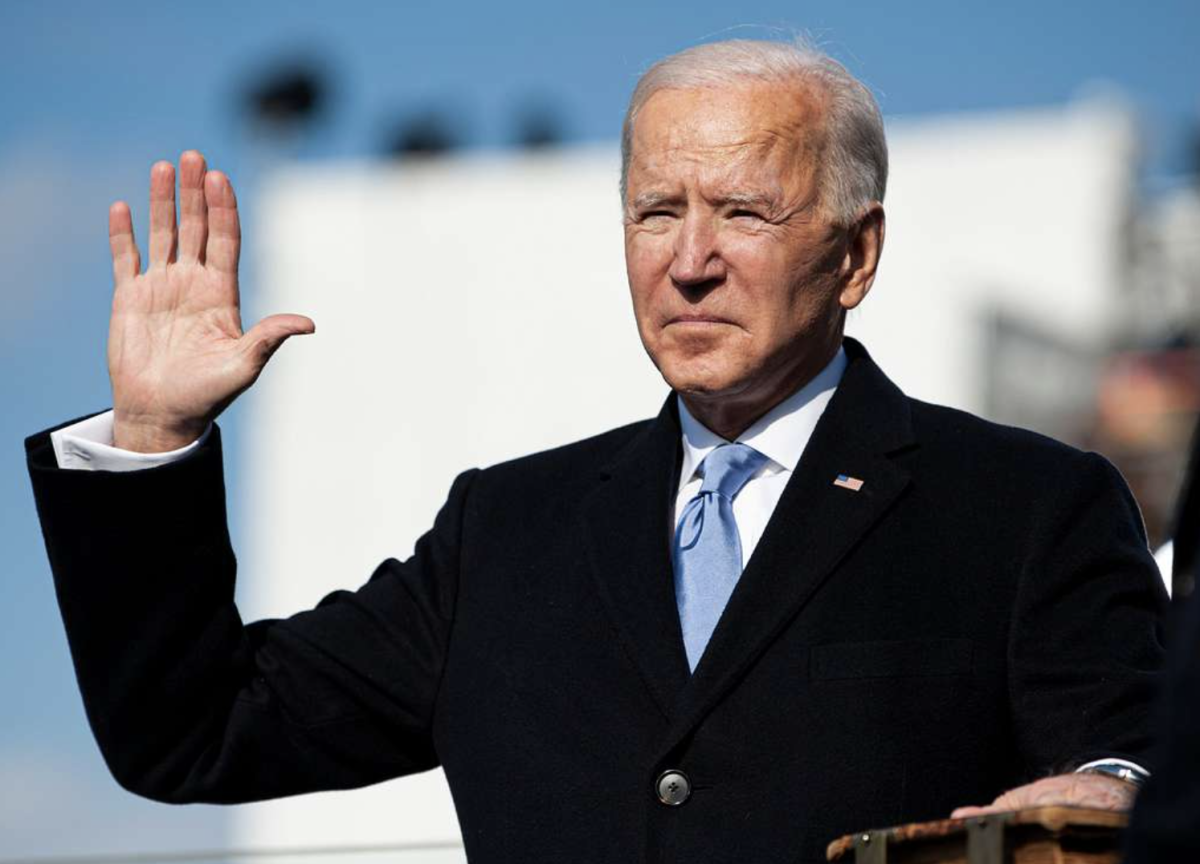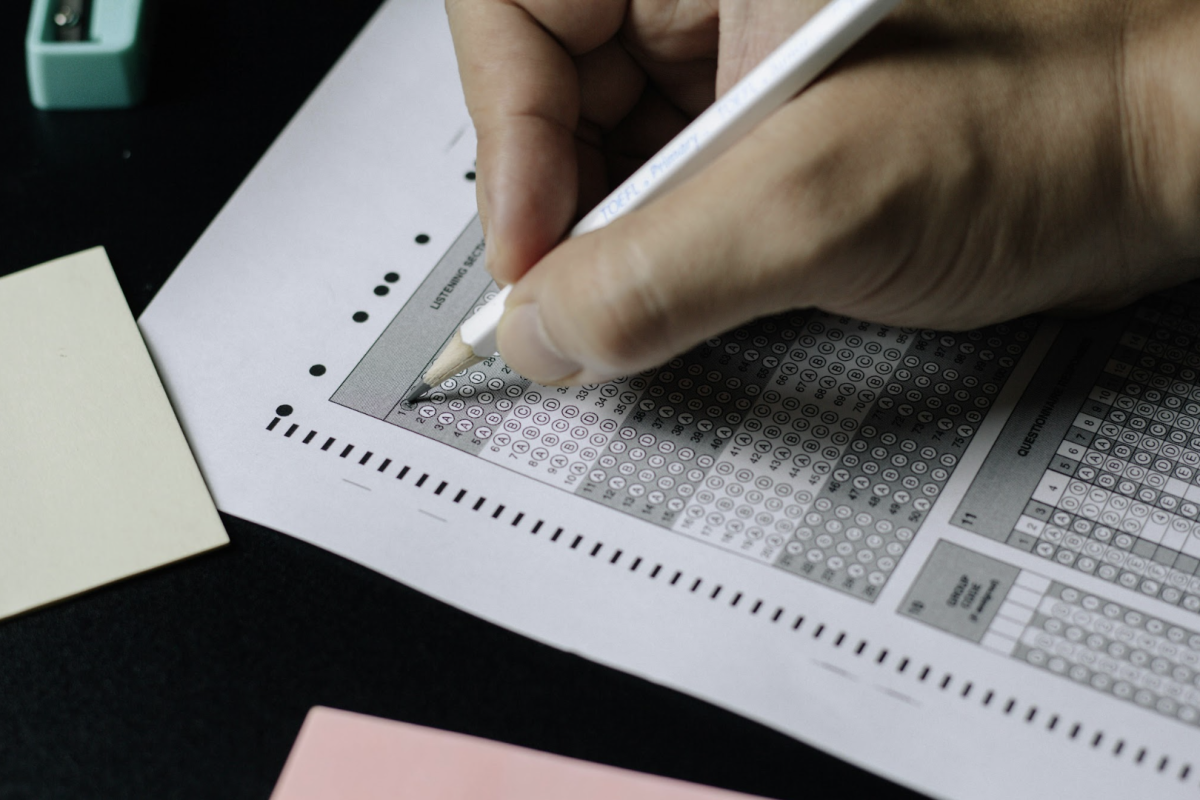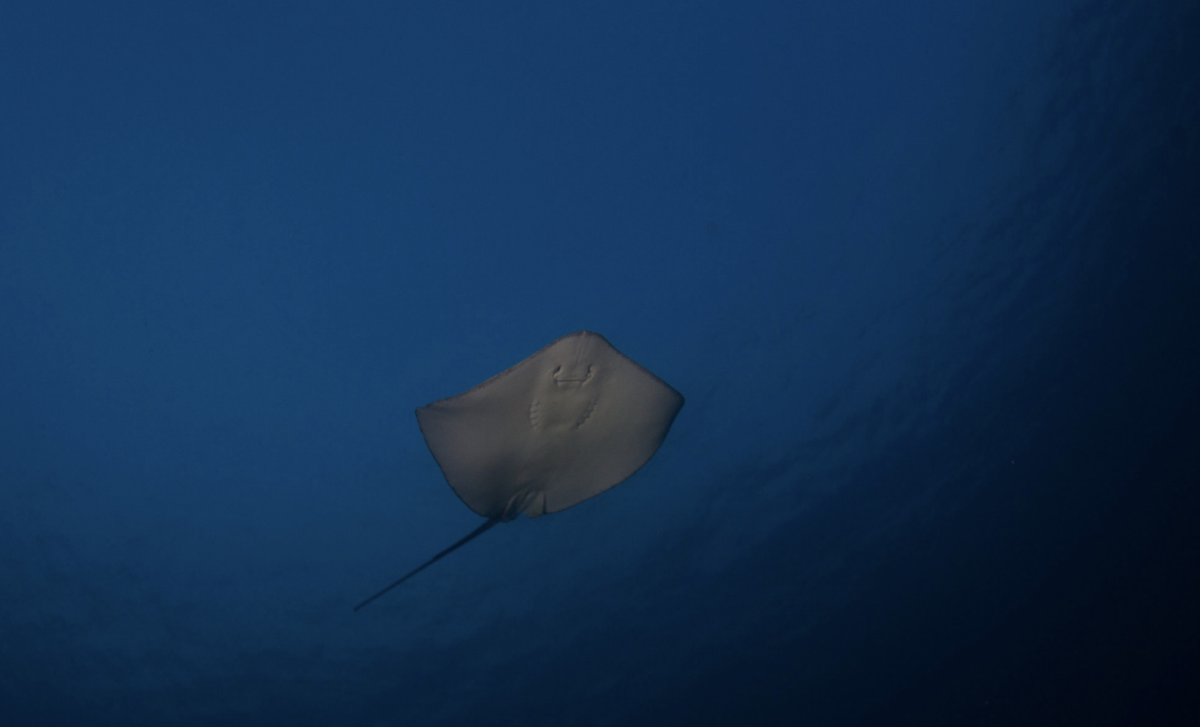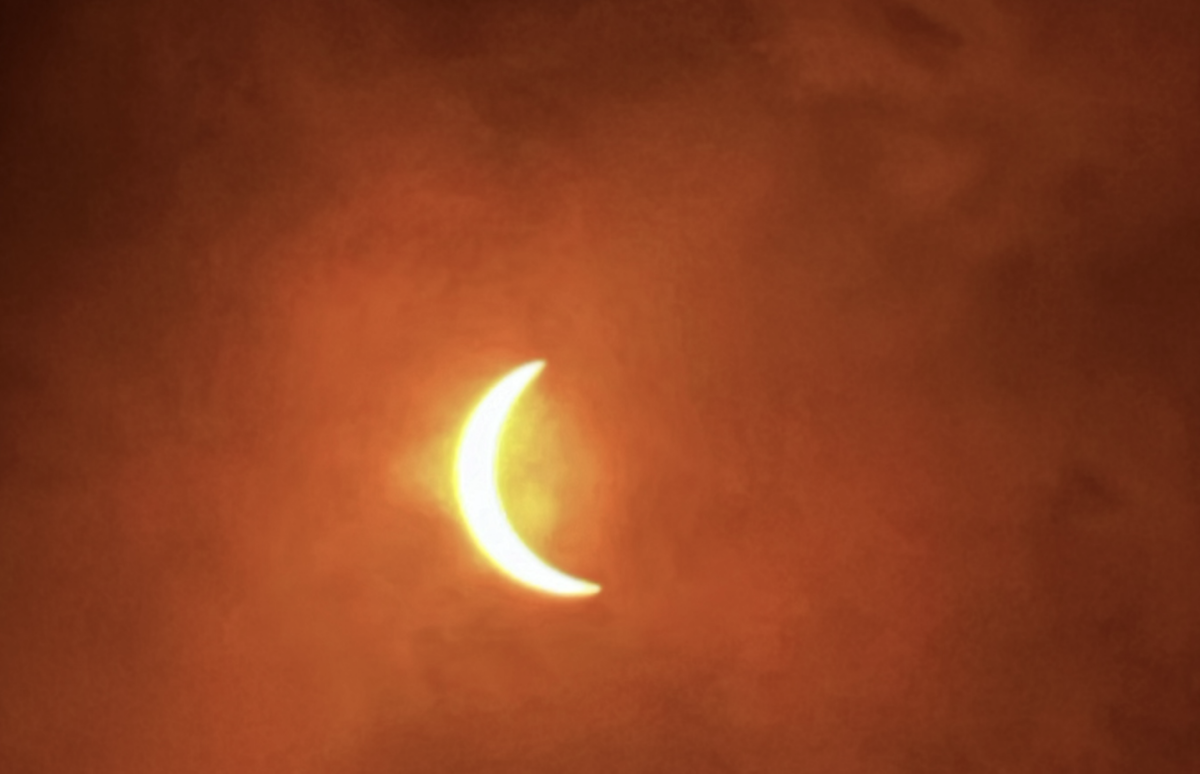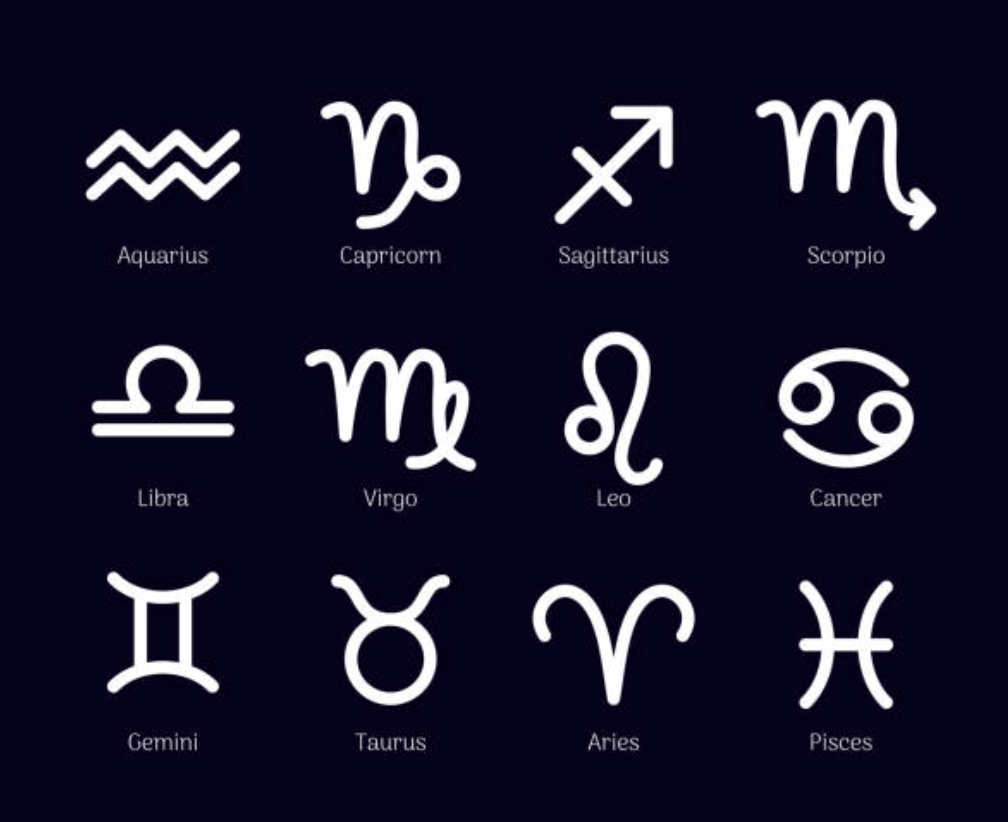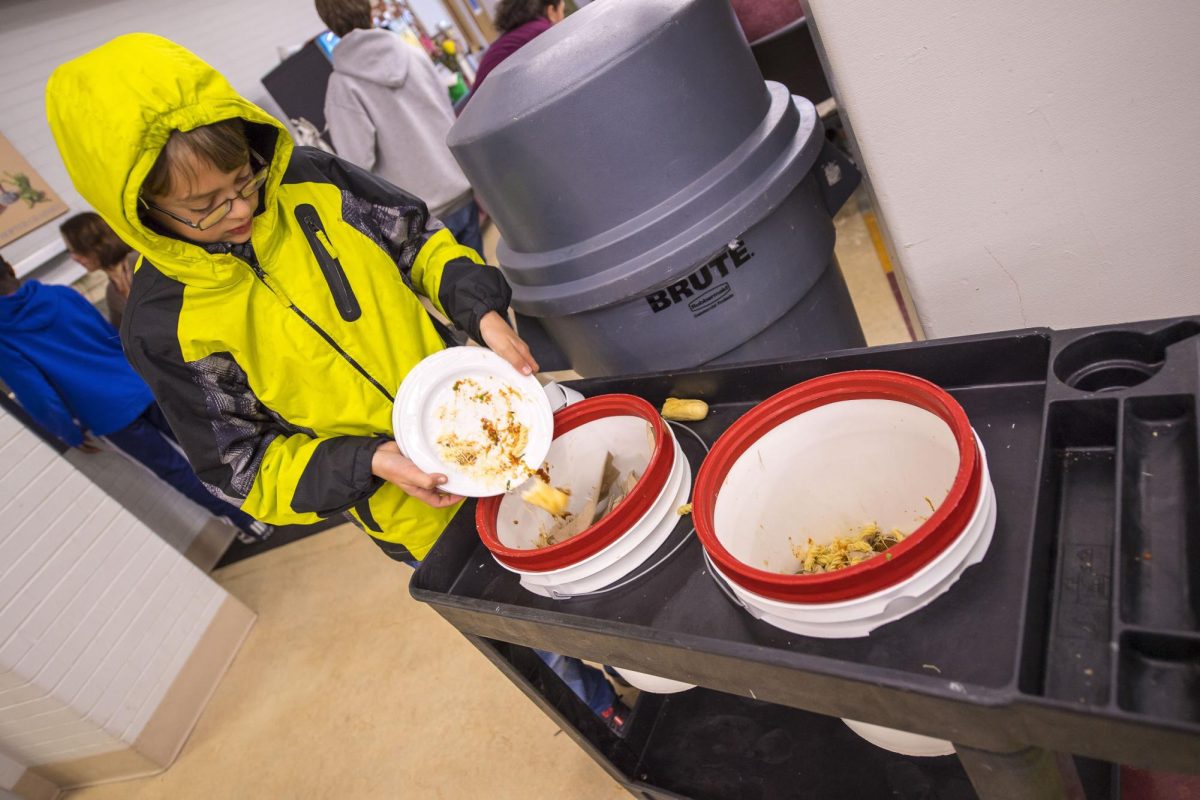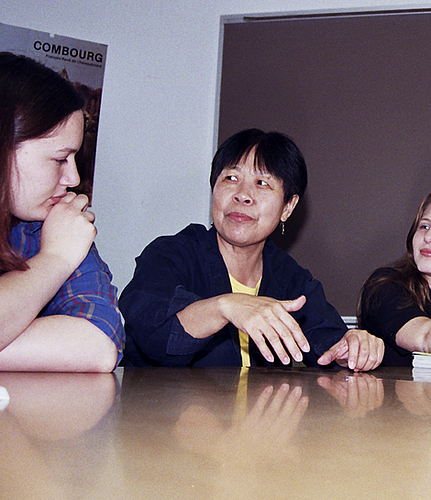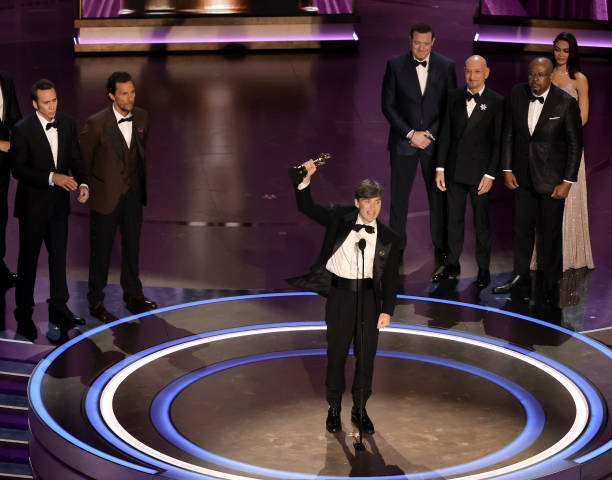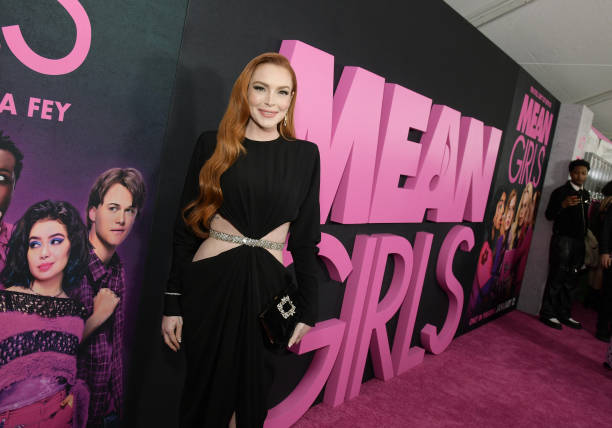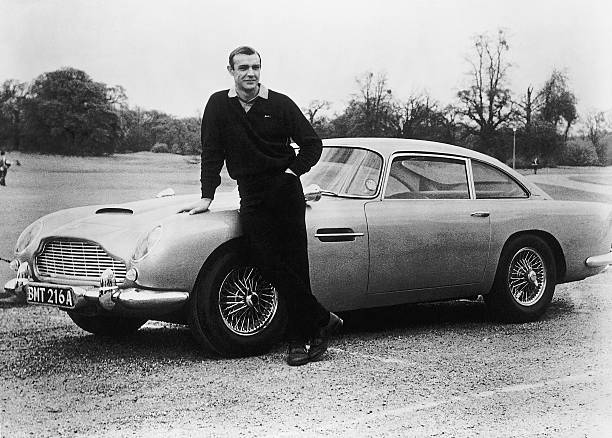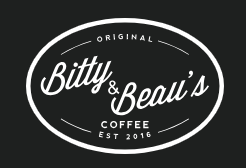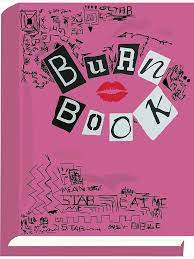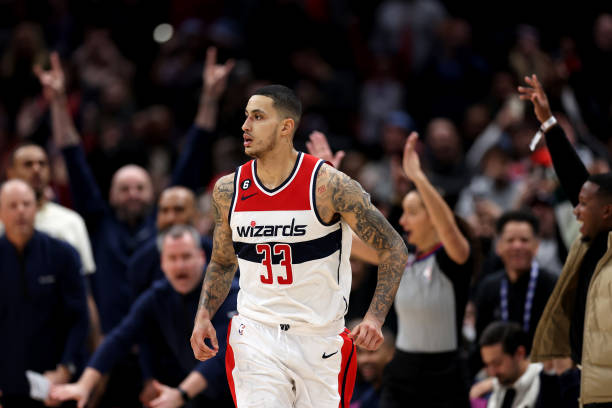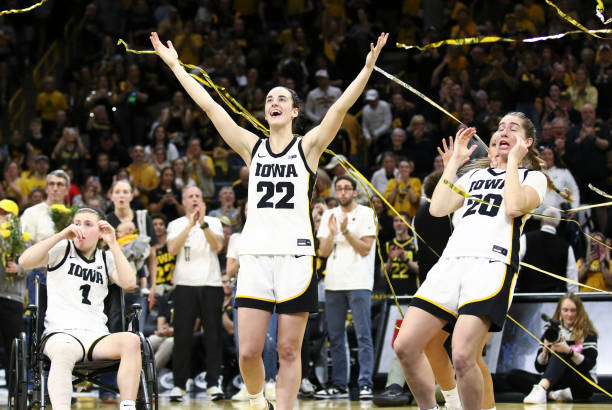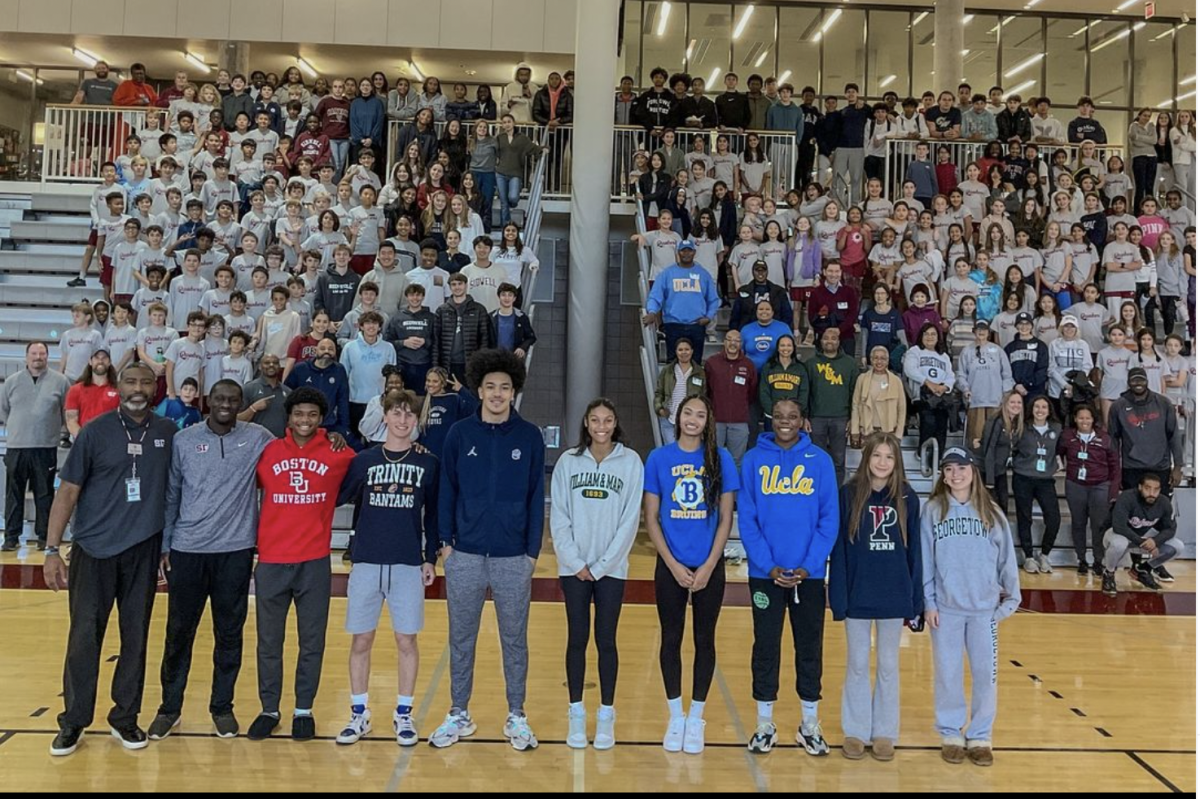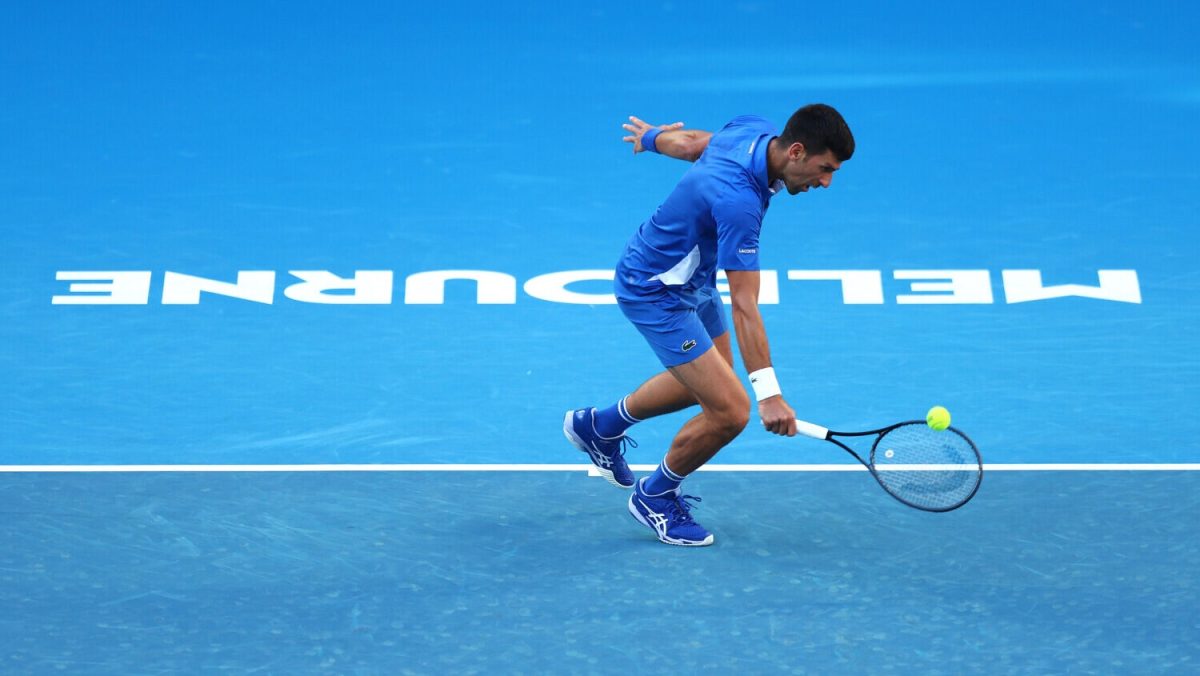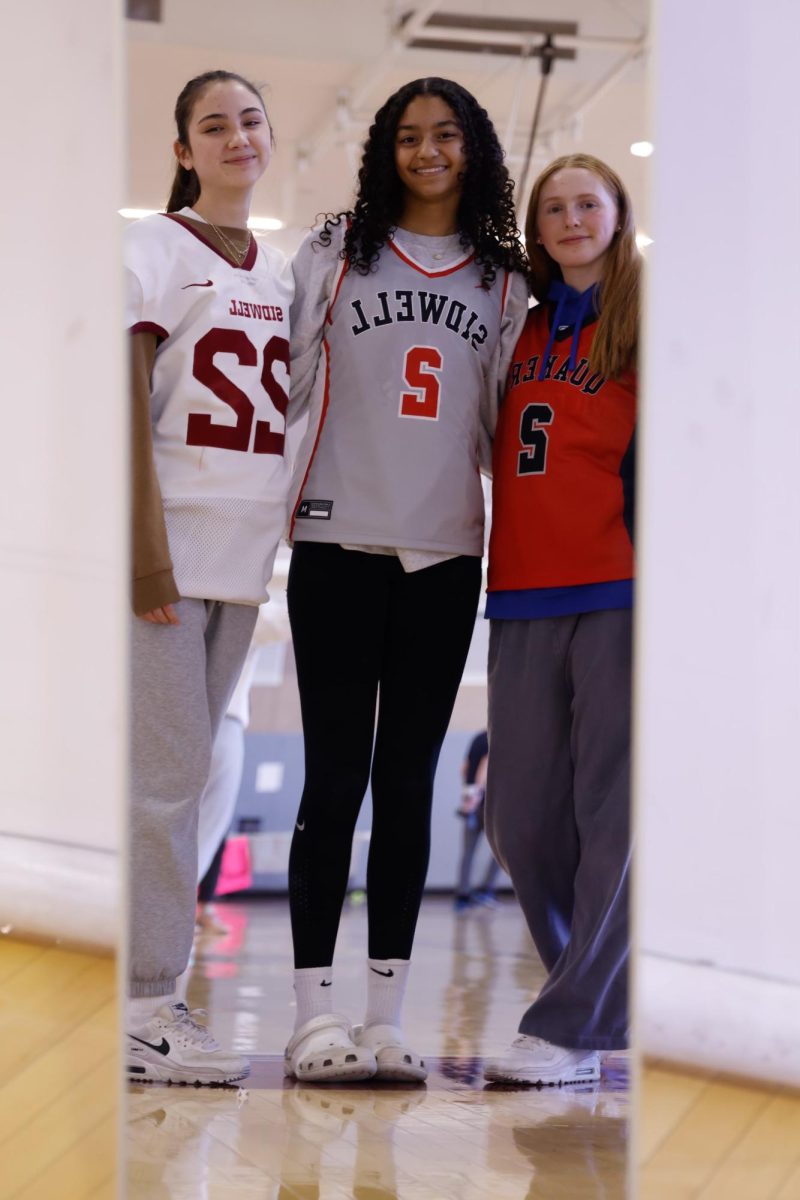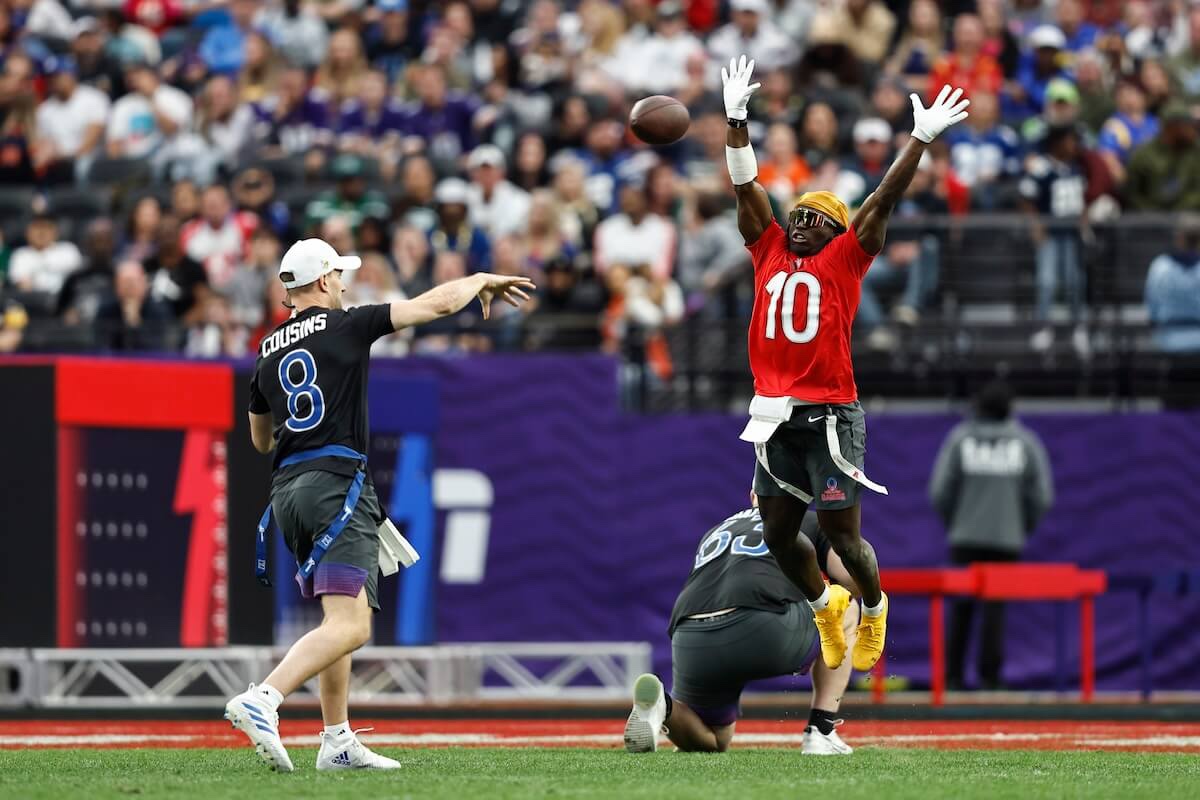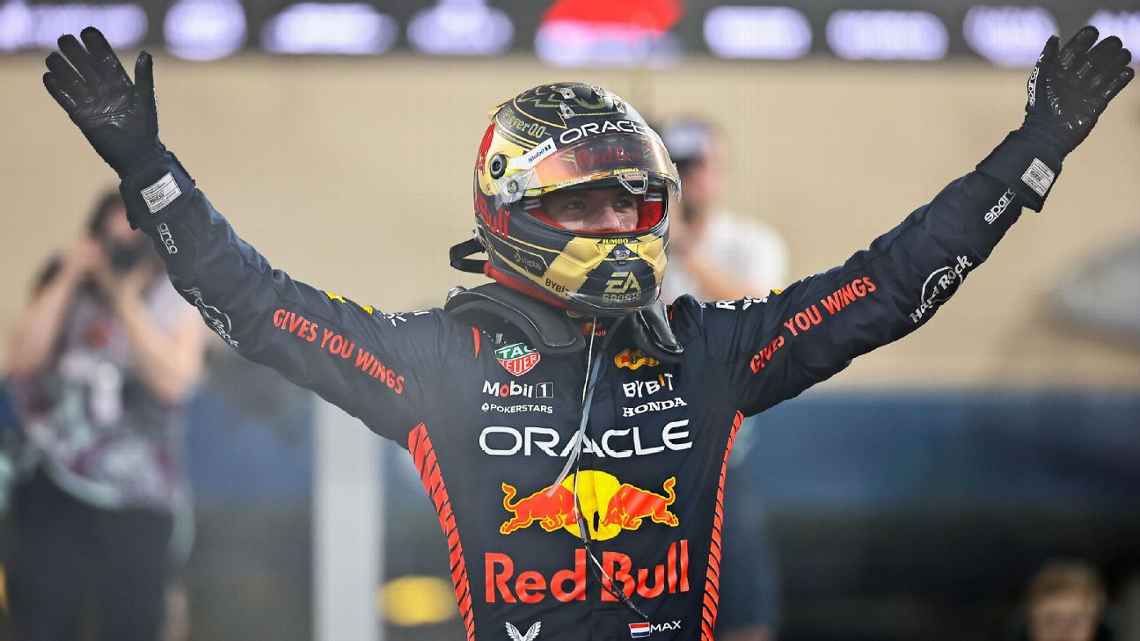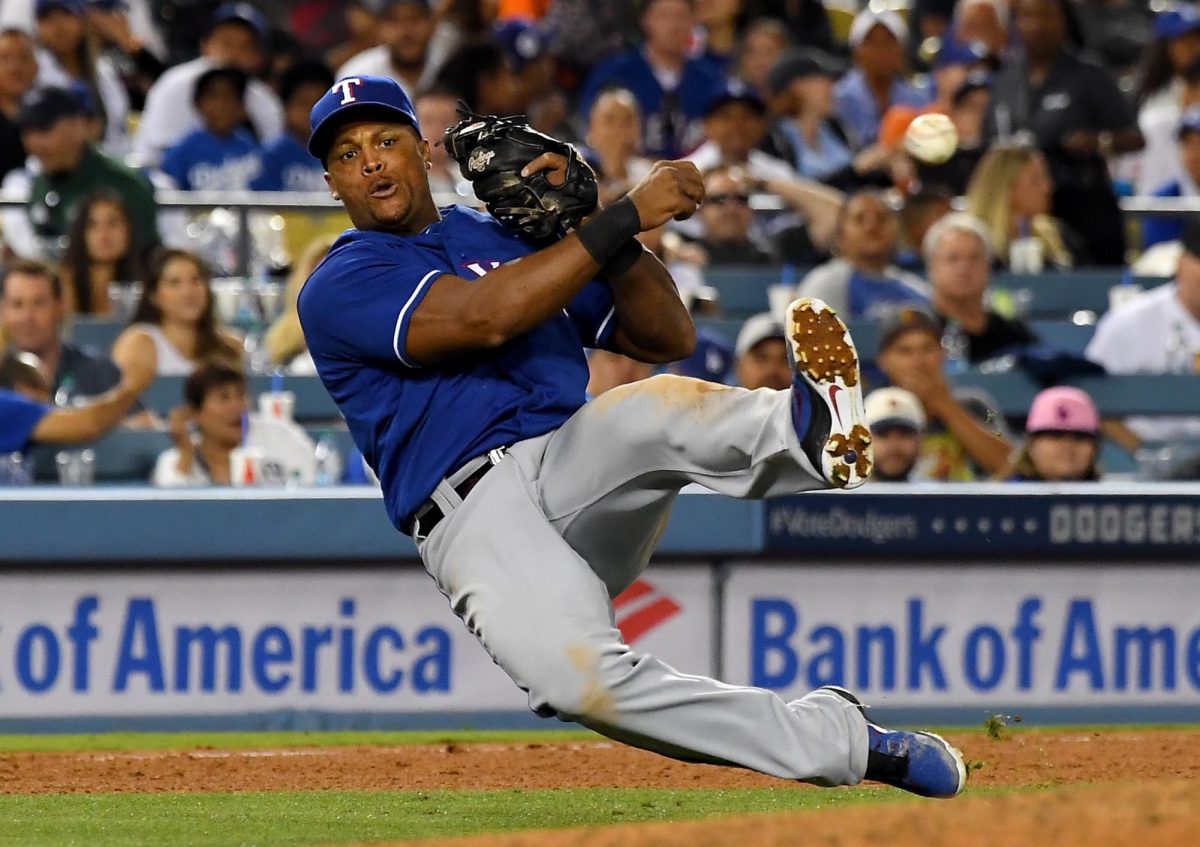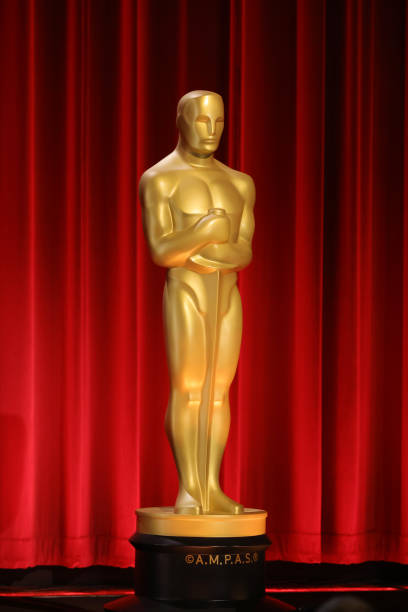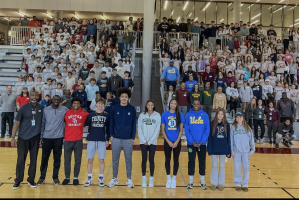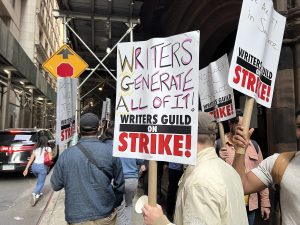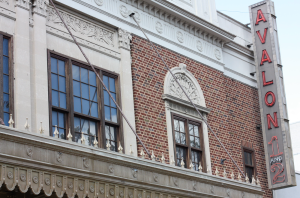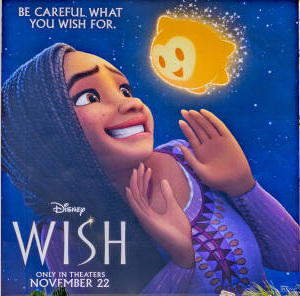
Having spent three years reviewing films for Horizon, I like to think I have a solid grasp on what makes a PG animated movie “good” or “bad”; a witty screenplay, unique visuals and a clear creative vision tend to be more than enough to draw in audiences. “Wish,” Disney’s supposed hundredth-anniversary “capstone” intended to celebrate its long history of trailblazing animation, boasts none of these things.
Mustering $240.3 million in the box office on a $200 million production budget and clocking in at a shocking 48 percent on Rotten Tomatoes, “Wish” is one of the most poorly-received Disney films of all time. Having been touted throughout its entire press tour as the company’s crowning achievement, critics and audiences alike have the same question: What happened? The Guardian calls it a “messy escapist fantasy” thinly veiling a “Disney marketing exercise,” even going so far as to call its soundtrack “unhummable” — a remark equivalent to splashing paint on the Mona Lisa for a franchise so renowned for its music.
The movie focuses on a 17-year-old girl named Asha who makes a wish on a falling star, which descends from the sky in the form of an anthropomorphic ball of light.
As audiences recognized familiar plot points, were introduced to stale, uninteresting characters and tolerated musical numbers best fit for a retail store, a jarring, almost comical observation made its way across the internet: this movie is so awful that it feels like AI wrote it.
Average filmgoers similarly pan it as dull, with one Rotten Tomatoes audience member wondering, “What happened to original storytelling?” Indeed, contempt surrounding the film’s flimsy, woefully-generic plot structure has overwhelmed much of its criticism, particularly when the writers sprinkle “easter eggs” of other classics into every other scene. However, “Wish’s” most integral issue is not that it is bad but rather that it is glaringly mediocre.
As audiences recognized familiar plot points, were introduced to stale, uninteresting characters and tolerated musical numbers best fit for a retail store, a jarring, almost comical observation made its way across the internet: this movie is so awful that it feels like AI wrote it.
Now, despite Disney having come under fire in the past for its AI usage, this is not meant to imply that writers actually utilized it during production. Rather, it has become so evident that Disney’s overreliance on the plot structures of classic money makers — think “Frozen,” “Moana” and “Toy Story” — have made its modern products so formulaic that they feel artificially generated. Following the release of “Wish,” a YouTube video entitled “Um… Did A.I Write Disney’s Wish???” garnered over 2.2 million views and 108,000 likes. Social media theories continued to spiral from there, primarily lambasting the film’s “soulless and algorithmic” screenplay.
How founded are these accusations? The Writer’s Block, the channel behind the viral video, hits the nail right on the head: “The film actively relies on overdone Disney tropes without recapturing any of their magic.” It is clear that careful calculations were ran on every inch of Disney’s popular films to prepare for the creation of “Wish,” thereby sacrificing any original thought; “Encanto” and “Tangled,” for example, are heavily reflected in the plot structure of “Wish” and also happen to be some of the company’s greatest critical successes.
The number of popular gimmicks from these films being replicated in “Wish” hinder it from establishing its own identity — in “Encanto,” for example, Mirabel sings a now-popular song to introduce the colorful quirkiness of her hometown to a group of children. Unsurprisingly, Asha, “Wish’s” protagonist, also sings a song to introduce the colorful quirkiness of her hometown to a group of children, sacrificing an entire musical number in hopes of recreating Encanto’s success. In this sense, “Wish” can be simplified as a haphazard amalgamation of concepts that were supposed to work but, to Disney’s surprise, did not hit a bullseye again.
Why is the magic gone? After all, these emotionally-moving tunes practically defined their respective films. The answer is simple: all the reusing of elements that once worked to loosely form a new plot is boring and repetitive, yes, but more importantly upsetting, is the recycled machinery pushes out any room for new creativity to breathe.
Last month, production art from “Wish” was released to the public, revealing scrapped plot points that audiences quickly rallied around in mourning: the film’s main adversaries were originally going to be an evil, scheming power-couple, and Asha, rather than befriending the star she wishes on, was to fall in love with a “star boy” who would become her companion throughout the film. Being purportedly too outlandish, these ideas were thrown out, and instead of being exposed to this originality, audiences saw the typical singular villain and a generic, “chibi” style star friend for Asha — which, before the film was even released, was unabashedly already being sold on ShopDisney as a marketable plushie. In exchange for the more theoretically-profitable concepts, audiences lost the creativity that originally defined the film, leaving the final product stale and monotonous.
What is to be said of “Wish?” Perhaps its failure is a wakeup call to executives that audiences are exhausted of formulaic plot structures. However, looming in the shadows of critically-acclaimed monetary failures “Turning Red,” “Luca” and “Soul,” future endeavors might require more of a tightrope balance between recycling what works and stretching out of the company’s creative comfort zone. With four out of five of Disney’s upcoming animated films being sequels, however, time will tell how that pans out.
“Wish” is available in select theaters and to stream on Disney+.
